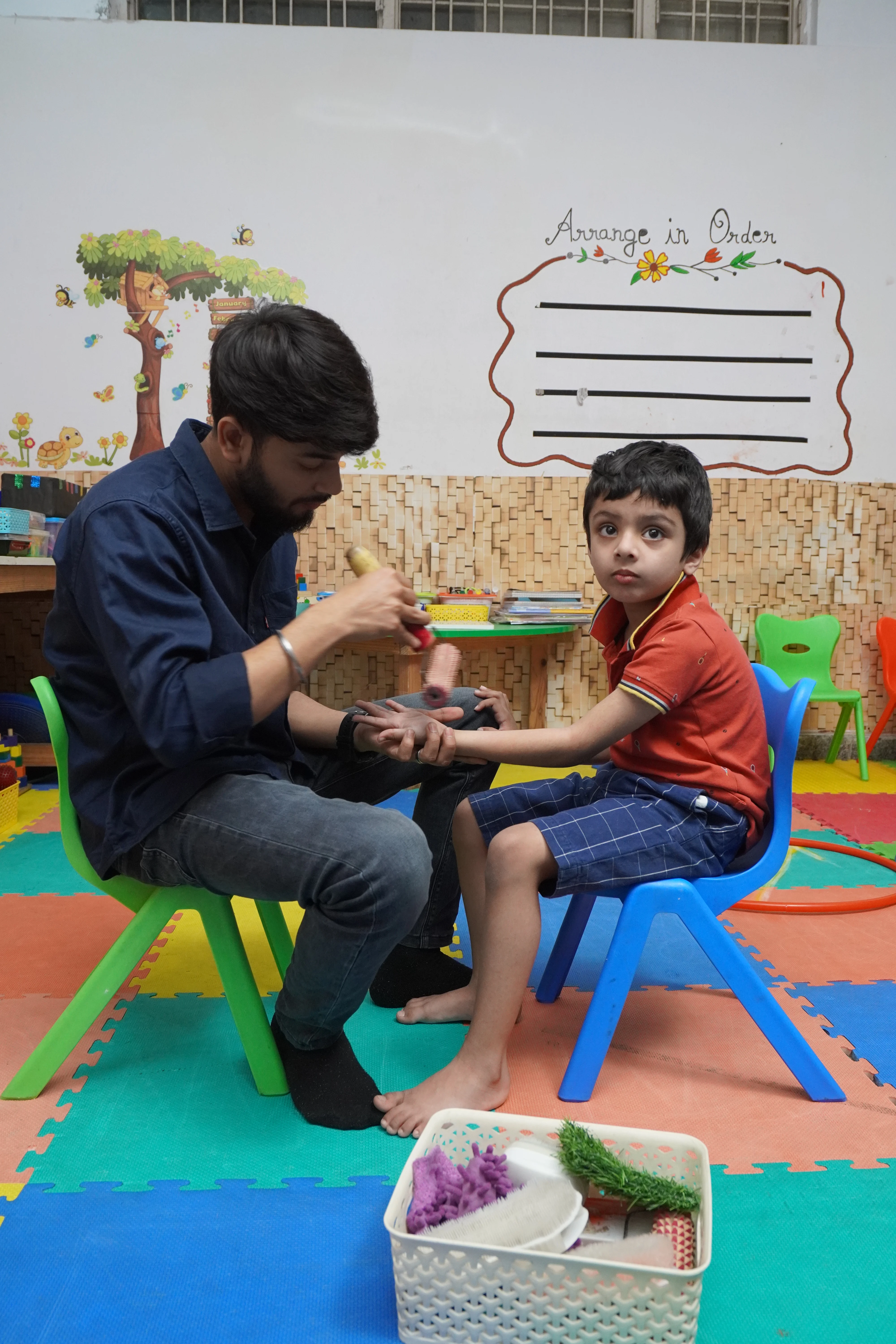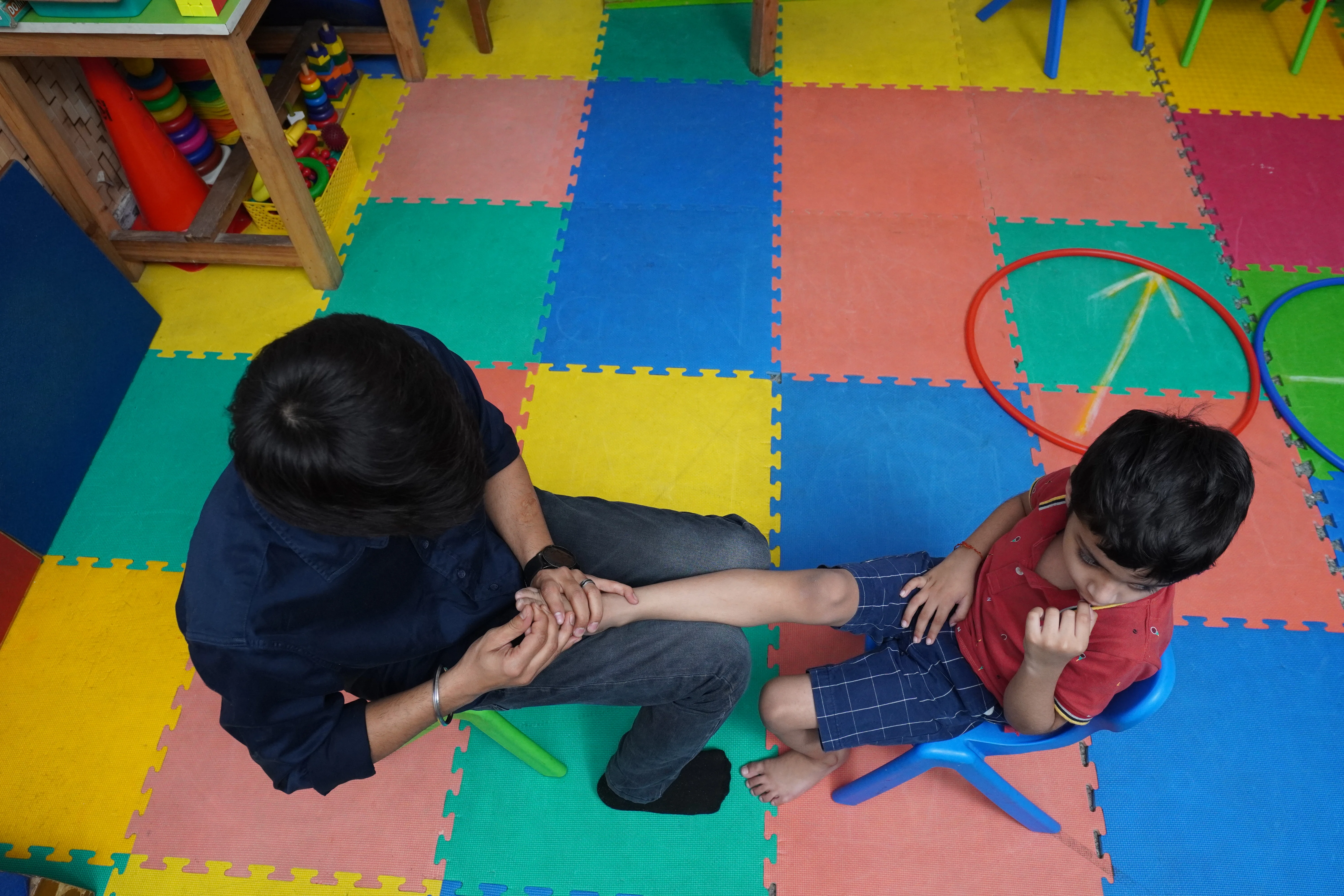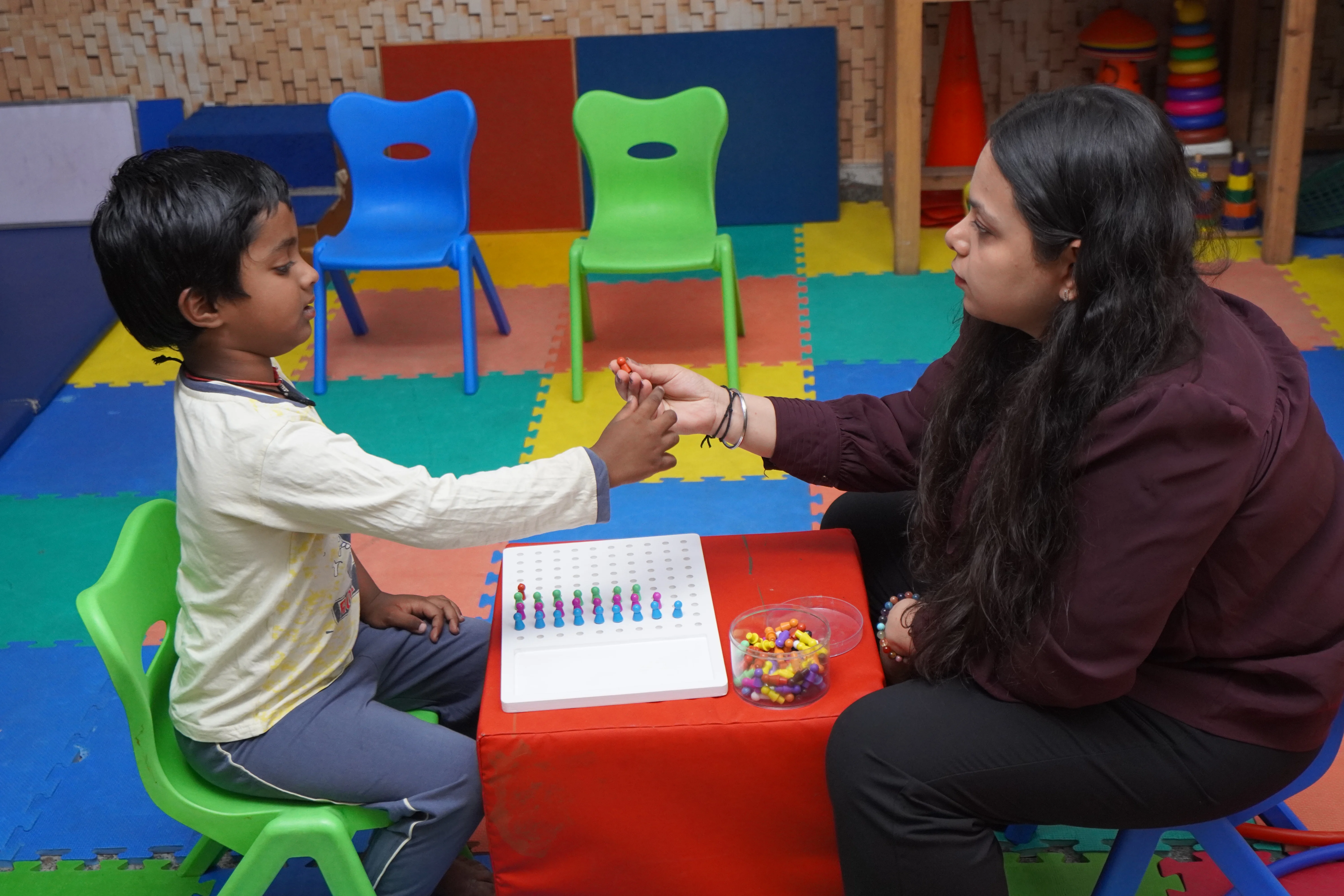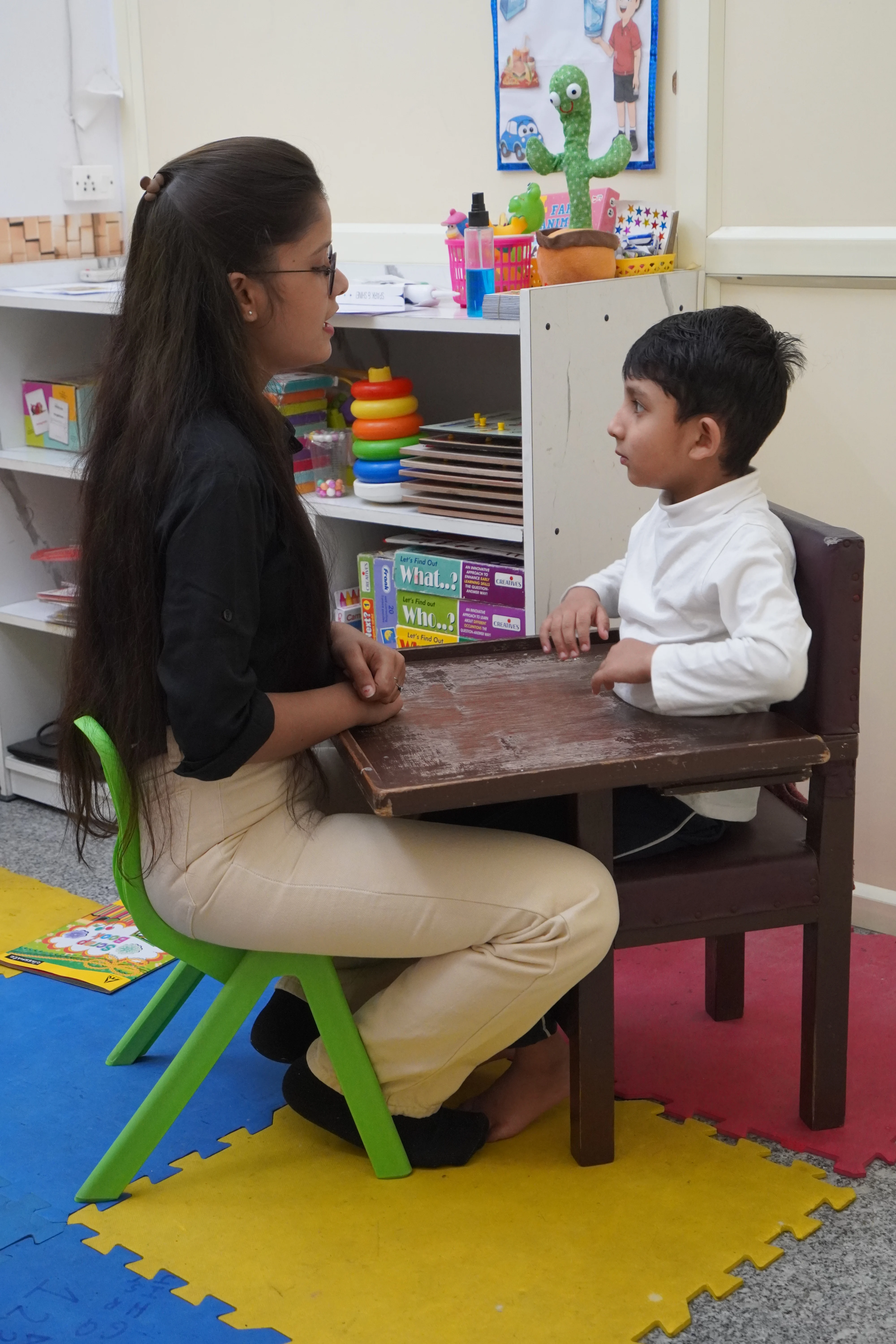Speech and Language Therapy
Speech and Language Therapy
Speech-language therapy addresses challenges with language and communication. It can help people with autism improve their verbal, nonverbal, and social communication. The overall goal is to help the person communicate in more useful and functional ways. Communication and speech-related challenges vary from person to person. Some individuals on the autism spectrum are not able to speak. Others love to talk, but have difficulty holding a conversation or understanding body language and facial expressions when talking with others. A speech therapy program begins with an evaluation by a speech-language pathologist (SLP) to assess the person’s communication strengths and challenges. From this evaluation, the SLP creates individual goals for therapy.

Therapy covers several areas, including:
Voice:
Addressing issues related to pitch, volume, and quality of voice, which might be affected by conditions such as vocal cord nodules.
Fluency:
Helping children who stutter or have other fluency disorders speak more smoothly.
Feeding and Swallowing:
Assisting children with difficulties in chewing, swallowing, or managing food and liquid intake safely.
Articulation:
Helping children produce sounds correctly so that their speech is clear and understandable.
Language Development:
Enhancing both receptive language (understanding what others say) and expressive language (using words, sentences, and gestures to communicate).
Social Communication:
Teaching children how to use language appropriately in different social situations, such as taking turns in conversation, using eye contact, and understanding social cues..
How is it Done?
Speech and Language Therapy is a highly individualized process that begins with a thorough assessment of the child's communication abilities. A Speech-Language Pathologist (SLP) typically conducts the assessment, which may include:
Parent/Caregiver Interviews:
Input from parents and caregivers provides valuable insights into the child’s communication skills in everyday settings.
Observation Periods:
The SLP observes the child in different situations, such as playing or interacting with others, to identify communication challenges.
Standardized Tests:
These tests measure various aspects of speech and language, such as vocabulary, comprehension, articulation, and fluency.
Who Can Benefit from It?
Children who struggle with daily activities such as dressing, writing, or playing, and those with developmental delays.
Therapy sessions are typically conducted one-on-one, but they may also involve small group settings to practice social communication skills. Sessions are designed to be engaging and interactive, often incorporating play, games, and other motivating activities to keep the child interested and invested in their progress.
Book An Appointment




Donate us to achive our goal
that they cannot foresee.
